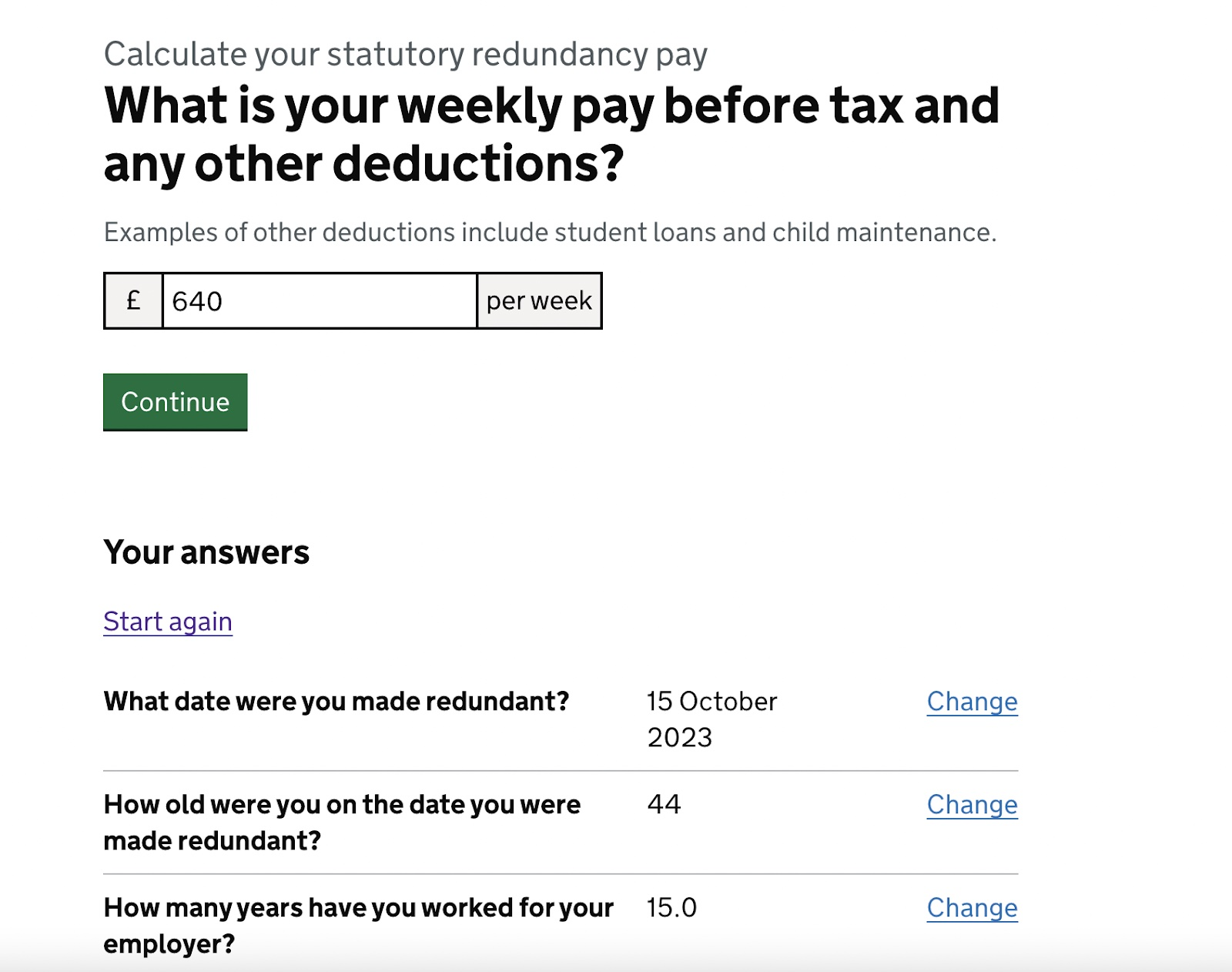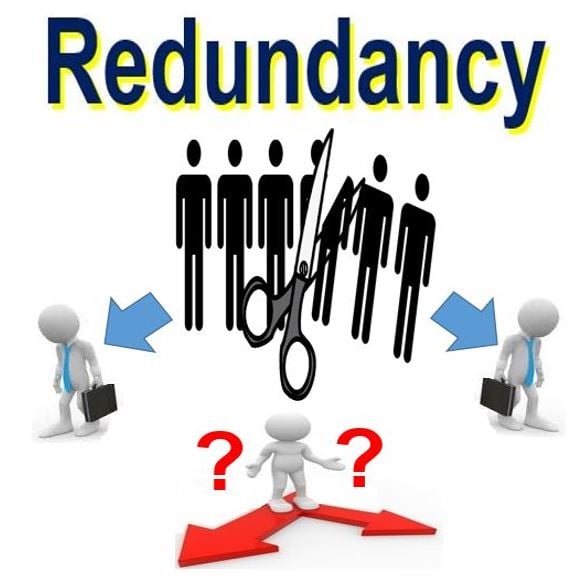Exactly How to Manage Redundancy Pay If Company Goes Bust: Secret Info for UK Workers
Exactly How to Manage Redundancy Pay If Company Goes Bust: Secret Info for UK Workers
Blog Article
Exploring the Interplay Between Firm Redundancy and Business Flexibility for Future Growth
In the dynamic landscape of today's organization globe, the intricate relationship between firm redundancy and organizational versatility arises as an important variable for sustained growth and success. Firms often deal with the difficulty of striking a fragile equilibrium in between keeping a degree of redundancy to mitigate dangers and cultivating adaptability to respond swiftly to the ever-evolving market demands.
Significance of Business Redundancy
Business redundancy is a critical component that enhances organizational resilience and reduces operational dangers. By integrating redundancy steps within the organizational structure, firms can much better hold up against unforeseen disruptions and variations in business environment. Redundancy offers as a critical buffer, allowing companies to adjust and react successfully to unforeseen difficulties without compromising important operations.
One key aspect of the importance of firm redundancy is its duty in making sure continuity during times of crisis. When faced with unexpected modifications or emergencies, repetitive systems, sources, or workers can step in to keep vital functions and protect against prevalent interruptions. This continuity not just safeguards the business's reputation and consumer depend on but also minimizes economic losses and operational downtime.

Strategies for Business Versatility

Another vital strategy is buying technology and facilities that can sustain adaptability and scalability. Applying electronic tools, automation, and information analytics can streamline procedures, boost performance, and give valuable insights for informed decision-making. Furthermore, creating adaptable organizational structures that permit fast adjustments to market characteristics and client requirements is crucial for remaining affordable in a quickly advancing setting. By proactively recognizing prospective interruptions and chances, organizations can proactively adapt and thrive in an ever-changing organization landscape.
Harmonizing Redundancy and Versatility
Accomplishing an unified equilibrium between functional redundancy and organizational versatility is extremely important in browsing the intricacies of a dynamic organization setting. Striking the right equilibrium in between redundancy and flexibility is a fragile process that needs a deep understanding of the company's goals, industry dynamics, and threat resistance.
To attain this balance, companies need to conduct normal assessments of their procedures to recognize areas where redundancy is required for risk mitigation and where adaptability can drive innovation and growth. Executing versatile structures, promoting a society of constant discovering and enhancement, and motivating open communication across all levels of the company are vital approaches to integrate redundancy and flexibility effectively. By aligning these two critical components, firms can place themselves for sustainable growth and success in an ever-changing organization landscape.
Study on Adaptation Success
In taking a look at circumstances of effective business adaptation, it becomes evident that the interaction between operational redundancy and flexibility is a specifying element in forming resistant organizations. One engaging study is that of Netflix. Originally a DVD rental service, Netflix showed exceptional adaptability by transitioning right into a streaming platform when digitalization disrupted the sector. By tactically purchasing technology and web content creation, Netflix not just made it through but prospered in a swiftly developing market. Another standout example is Amazon. Starting as an on-line bookstore, Amazon continually adapted its organization design, increasing into varied sectors such as cloud computer and artificial intelligence. This flexibility permitted Amazon to stay in advance of rivals who pays redundancy money and meet transforming customer needs. Lastly, Adobe supplies a significant illustration of effective adaptation. The firm moved from marketing software program licenses to a subscription-based version, ensuring repeating income streams and boosted consumer check out this site interaction. These study highlight the value of operational redundancy coupled with business flexibility in cultivating long-term growth and competitiveness.
Building Resilience for Future Development
Structure durability for future growth calls for a calculated alignment of functional processes with market characteristics and emerging fads. Business have to adapt to transforming atmospheres by fostering a society of flexibility, technology, and constant renovation.
Additionally, fostering strong partnerships with stakeholders, such as clients, workers, distributors, and the neighborhood, is important for keeping and weathering uncertainties depend on and assistance during stormy times. Effective interaction and openness play a crucial role in building strength, as they help line up assumptions and facilitate partnership in browsing unpredictabilities.
Furthermore, organizations require to focus on knowing and advancement campaigns to upskill employees and equip them with the needed devices to adjust to changing situations. By purchasing their labor force, firms can improve their flexibility and dexterity, ultimately strengthening their resilience for sustainable future growth.
Verdict

In the dynamic landscape of today's organization globe, the complex partnership in between business redundancy and organizational adaptability arises as a vital element for sustained growth and success. Companies typically encounter the challenge of striking a delicate balance in between preserving a level of redundancy to reduce risks and cultivating adaptability to react promptly to the ever-evolving market demands.To attain this equilibrium, business require to carry out normal evaluations of their procedures to recognize locations where redundancy is necessary for danger reduction and where versatility can drive innovation and development.In final thought, the interplay in between business redundancy and business adaptability check this is essential for future growth. Building strength with a mix of redundancy and adaptability will guarantee that business are prepared for the difficulties of the future.
Report this page